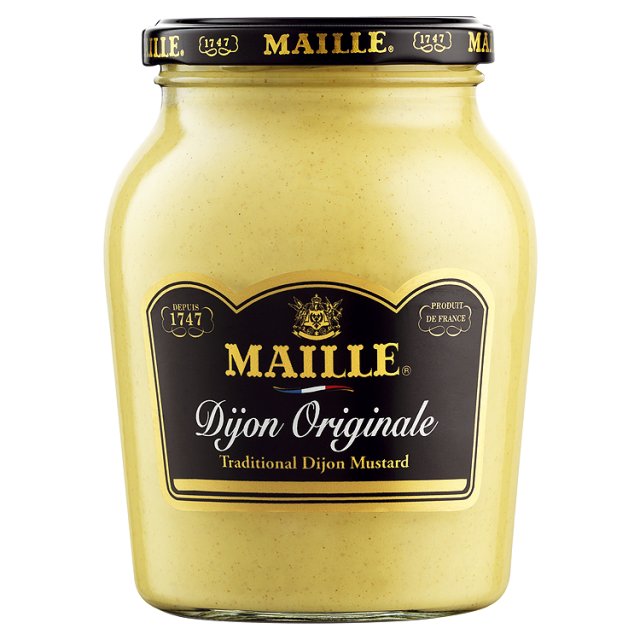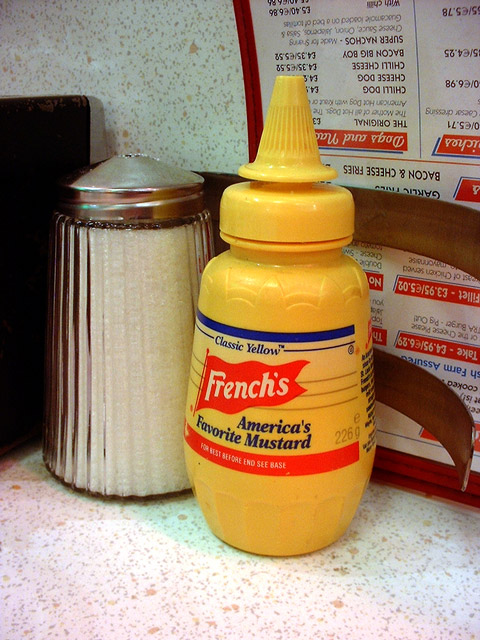A rhizome is the edible root of some plants. We are very familiar with one of them in the states - Ginger. Another one that is good and easy to obtain is Turmeric.
In recent studies, more and more good things are being discovered about these roots. For instance, it's thought that turmeric can help prevent diseases such as Alzheimer's and certain kinds of cancer, such as prostate and melanoma. Ginger is very well known for helping with nausea and digestion, as well as other stomach problems.
The beauty of these spices are that they contain almost no nutritional value as a simple food, so there's not really a need to worry about using too much. Besides, you don't need that much to flavor your food anyway. They add some interesting flavor to what you're eating, and they have those "mysterious" health benefits.
Recently, my favorite way to use turmeric is to saute ground chicken and onions, then add plenty of turmeric, a dash of salt (I use the low sodium salt) and some red pepper. Mix that all up, and then beat some eggs and toss that in there. If you want, you can even add your daily oat bran to the batch. Scramble that all up and enjoy. I like mine really hot, so I add a ton of chili powder to it.
Ginger is one of the key ingredients in some Indian curries. A great way to use it is to mince it with garlic (ginger garlic paste is used heavily in Indian cooking). Put a little oil in a pan and add the garlic ginger paste. Cook it for a few minutes, but don't let it burn. Garlic gets really bitter when it burns. Get some chicken (whatever kind you like) and fry it up with a small amount of oil. When it gets nicely sauteed, add a good helping of turmeric and mix everything up. It will seem a bit dry, probably. That's ok. Add whatever vegetables you like (eggplant is good, or broccoli. Anything, really). The moisture from the veggies will help create a kind of sauce. If there still isn't enough, add a tiny bit of water. Add other spices (coriander, star anise, etc) or just use store bought curry powder (just be careful it doesn't contain a lot of salt. Some curry powders are filled with it). Let it cook in the sauce for a few minutes. Serve and enjoy.
Like I said, recently I LOVE turmeric. So if anyone out there has other good recipes, I'd love to hear about them.








